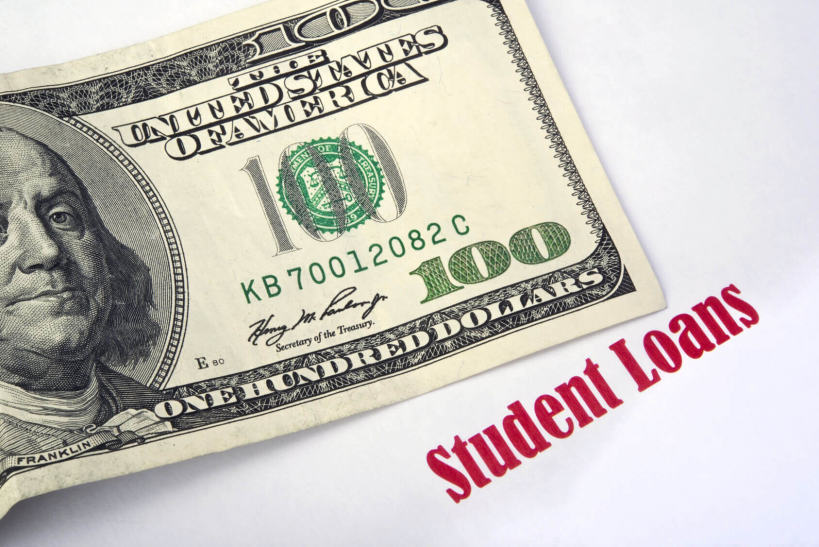If you’re angling towards qualifying for public service loan forgiveness, you should enroll your federal student loans into income-based repayment. If you don’t, you’re probably leaving money on the table.
Public Service Loan Forgiveness is a program for federal student loan relief commonly called part of, “The Obama Plan,” in spite of the fact that it was part of The College Cost Reduction and Access Act, passed by Congress and signed by President Bush in 2007.
Under the program, Federal student loans were made eligible for tax-free forgiveness as a way to spur more college graduates to enter public service. To be eligible, Federal loan borrowers are required to make 120 eligible loan repayments on their eligible Federal loans while employed in eligible employment. After 120 qualifying payments are made, any remaining balance can be forgiven.
Under the program, you must be employed full-time by the federal, state or city government or a 501(c)(3) non-profit organization. You must make your 120 payments while employed full-time by one of these qualifying employers.
Only Federal Direct Loans or loans owed directly to the Federal Government are eligible for forgiveness.
Choose Your Repayment Option Wisely
For payments to count towards your eligibility, you must make those payments under Income Based Repayment, Income Contingent Repayment, Pay As You Earn or the Standard (ten-year) Repayment Plan. Payments made under any of the extended or graduated repayment plans don’t count towards public service loan forgiveness.
If your federal student loans are under either the extended or graduated repayment options, you need to call your federal student loan servicer immediately and get into a different repayment option. If you don’t, you’re wasting your time and money.
Income-Based Repayment Works Best
If you qualify, opting for income-based repayment will save you the most money in federal student loan payments (I’m using income-based repayment as a catch-all for IBR as well as Pay-As-You-Earn, by the way – use whichever one you qualify for).
Under IBR, your federal student loan payments will adjust annually based on your income (15% under IBR, 10% for newer borrowers who qualify for PAYE). If your income rises, your federal student loan payments will go up – but if it goes down, so will your payments.
At the end of 25 years (20 years if you’re a newer borrower and qualify for PAYE), the unpaid balance of your federal student loans is forgiven. That balance may result in a tax liability based on your financial situation at that time.
Public Service Loan Forgiveness Cuts IBR Short (And Tax-Free)
If you qualify for Public Service Loan Forgiveness, the unpaid balance of your federal student loans is forgiven after 10 years of payments (120 months). The forgiven amount is tax-free, so you don’t have to worry about a potential tax burden.
In that way, Public Service Loan Forgiveness effectively cuts IBR down from 25 years (or 20 under PAYE) to 10 years. That’s a significant savings, both in time and money.
IBR Is An Insurance Policy
Let’s say you’re working in a qualifying job and decided to go the usual route of forbearance for as long as possible on your federal student loans. After 3-4 years, you run out of forbearances so you start making payments based on the standard repayment plan because your income is high enough that you don’t qualify to enter IBR or PAYE.
Your monthly federal student loan payment is higher than it would be under IBR or PAYE. Plus, you’re locked into that public service job for a full 10 years.
If you’d chosen IBR the day you got out of school, however, you would have a choice of either staying in public service for 10 years or going out to get a better paying position. Or you may decide to leave the work force for other reasons such as starting a family or trying your hand at self-employment.
If you’re in IBR, you remain in the program even if you leave public service. Once you’re in, you’re in. Count to 25 years (even those years when your income is so low that your monthly payment is $0) and you can wipe out the unpaid balance of your federal student loans.
Plan For The Future
When you finish school you don’t know where you’ll be in the next 10 years (or, for some people, even the next 3 years). By making the right long-term decisions that account for any possibilities, you open yourself up to the greatest number of student loan debt relief options.
